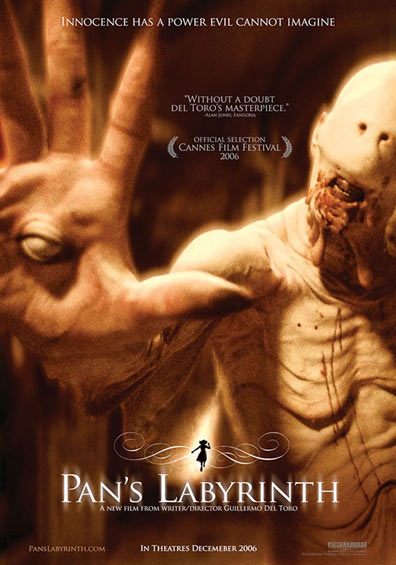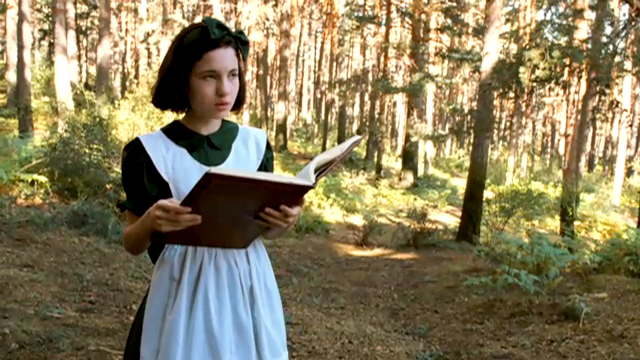The messages about the inherent nature of the captain, Ofelia, Mercedes, and Ofelia's mother are painfully obvious: Ofelia, Mercedes and Ofelia's mother are all good and the captain is very bad. Ofelia hardly does ANYTHING wrong. Yes, she disobeys the faun by eating the fruit in the room with the pale man but she is immediately sorry. She takes no joy in disobeying like we expect a bad person to. Her disobedience isn't something that causes harm to anyone (the fairies being eaten don't count because they're alive in the end when she's being accepted as the princess of the Underworld). Mercedes does nothing wrong except inflict physical pain on the captain who is dubbed as the bad guy, therefore making him conceptually acceptable to hurt. Ofelia's mother does nothing wrong ever. The captain is evil inside and out. Everything he does exudes "bad guy". He kills innocent farmers, disregards his wife's health for that of his son's, and murders a young girl in cold blood. Nothing he does can be perceived as good because everything he does is for his own benefit; to uphold his ideal of perfection. There is no such thing as a real life version of these characters. That's not how the world works. Good people do awful things and bad people do good things.
For example, I have a friend in the army right now. His name is Dillon and he's overseas right now in Iraq fighting the war. Him and I video chat on Skype all the time. Like in a normal conversation, I used to ask, "Hey what'd you do today?" or "What are your plans for the day." Nine times out of ten, he couldn't definitively give me an answer. That made my mind wander. What was he doing? Dillon, this sweet, loving, passionate boy I met almost 5 years ago, could be killing people when he's not talking to me. Who are these people that he could be killing? They can't possibly all be bad enough to need death as a punishment. "Bad enough" for death doesn't even exist in my mind. I'm one of those people that doesn't believe in the death penalty or war of any kind or violence. What if those people have families to feed so they joined their country's army purely for money? Dillon is a good person but he is doing bad things.

That being said, obviously del Toro's world is a creation for entertainment and entertainment only. To try to use it as an argument to make people reevaluate their perception of good and evil, right and wrong, would be to assume his world is one that can be compared to the real world. If there is no way to compare the two, then there is no argument to be had.
Picture credits:
Army men - http://www.baseops.net/militarybooks/army_7.jpg



